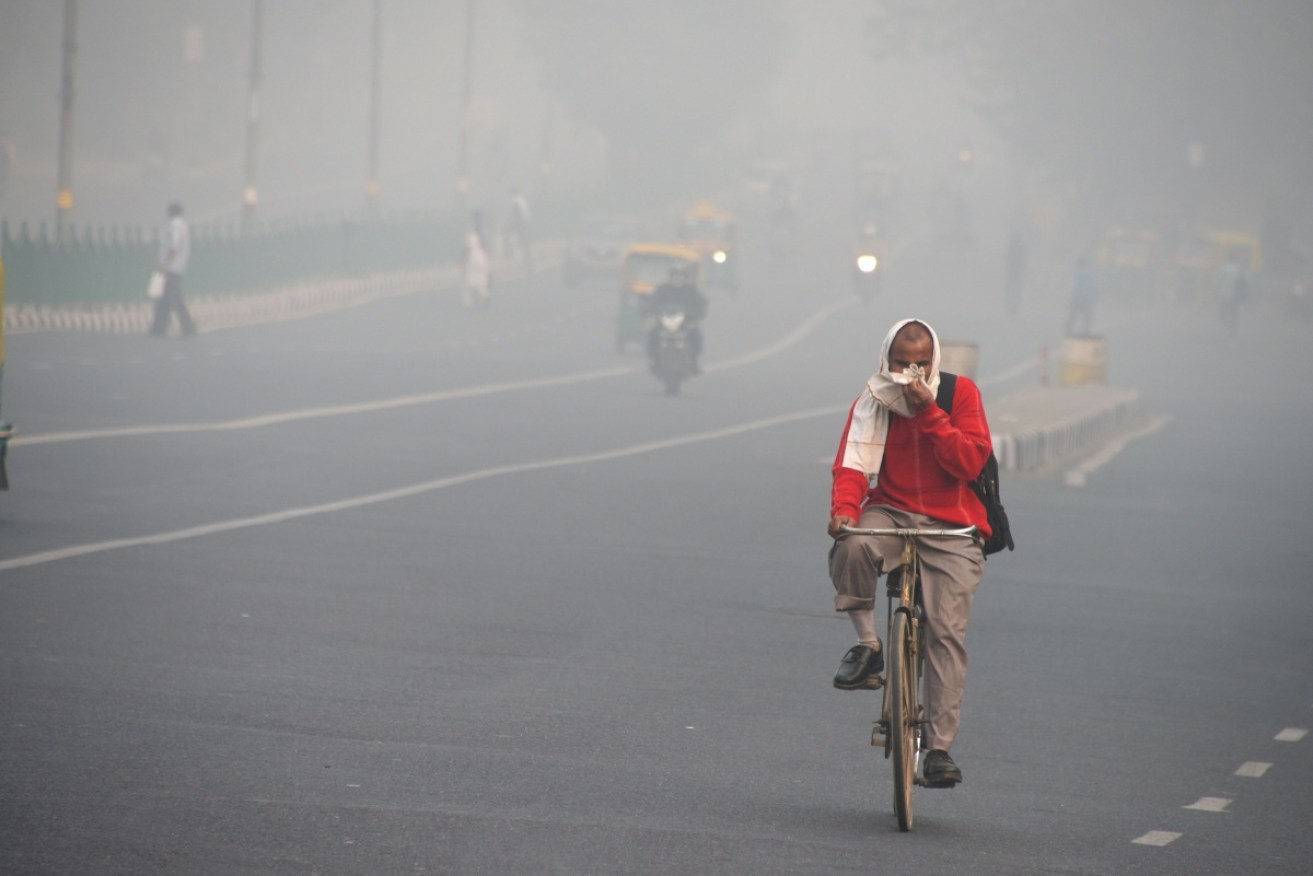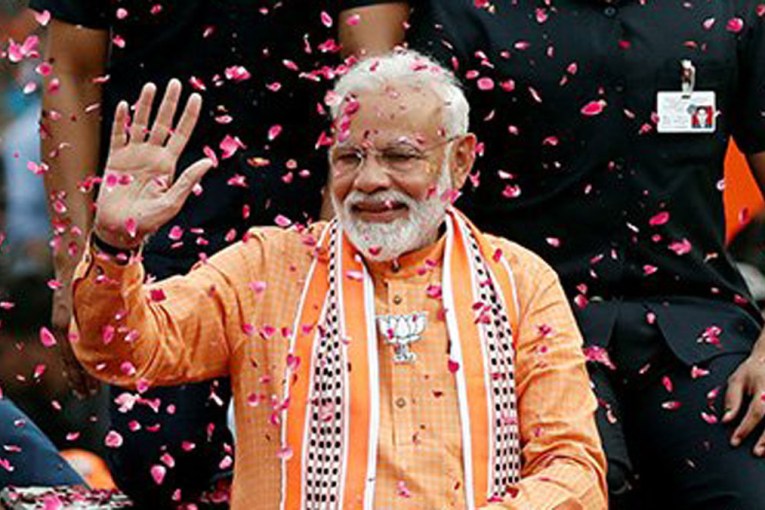Air pollution: ‘Urgent action’ needed to stop the invisible killer affecting 90% of the world


Outdoor air pollution is dangerously high in most parts of the world, the WHO says. Photo: Getty
Air pollution claims seven million lives each year and affects nine out of ten people worldwide, new data from the World Health Organisation (WHO) reveals.
Data collected from 108 countries reveal low-, and middle-income countries – mainly in Asia and Africa – account for more than 90 per cent of the air-pollution death toll.
“If we don’t take urgent action on air pollution, we will never come close to achieving sustainable development,” Dr Tedros Adhanom Ghebreyesus, Director-General of WHO, said in a statement.
More than three billion people (about 40 per cent of the world’s population) – mostly women and children – “are still breathing deadly smoke every day” because of a lack of access to clean cooking fuels and technologies – the main reason for household air pollution, he said.
Air pollution causes 24 per cent of adult deaths from heart disease worldwide, 25 per cent from stroke, 43 per cent from chronic obstructive pulmonary disease and 29 per cent from lung cancer, according to the WHO.

Air pollution can penetrate deep into the lungs and cardiovascular system. Photo: Getty
In 2016, outdoor air pollution caused about 4.2 million deaths, and household air pollution caused an estimated 3.8 million deaths.
Outdoor air pollution levels are the highest in the Eastern Mediterranean Region and in South-East Asia (more than five times the WHO limit), and are the lowest in high-income countries, namely Europe, the United States and the western Pacific.
New Delhi (India) was listed by the WHO as the most polluted city in the world, followed by Cairo (Egypt), Dhaka (Bangladesh), Mumbai (India) and Beijing (China).
‘We’re very lucky’
Environmental Health Australia spokesman Vic Andrich said Australia’s air quality is “actually pretty good”.
“There’s no need for major concern,” Mr Andrich said.
The areas where you would most likely expect to see hazardous air pollutants, like coal mines, power stations and factories are heavily monitored.
“A lot of the safeguards that have been developed in other countries, we’ve already adopted.
“We have environment health officers throughout the country, in different communities, and they tend to monitor on the coalface as to what’s actually happening with air quality.
“They provide feedback to improve the regulatory side of air-monitoring.”
Mr Andrich said there is a need for more air-quality monitoring stations – used to forewarn health risks from exposure to air pollutants – around the country.
“Politicians will tend to forget about particular issues with air quality and so they may water down those protections.”
He said Australians who choose to travel to areas with low air quality should check with the Department of Foreign Affairs and Trade and the Commonwealth Department of Health website for any travel warnings.
“They should also check for weather conditions for the country they are visiting. Often local health warnings are advertised on local news/weather sites.
“The weather forecasts are similar to our Bureau of Meteorology – and will give warnings about pollen, forecasts on heatwaves, excessive rain, dust or air pollutants, general alerts.”








